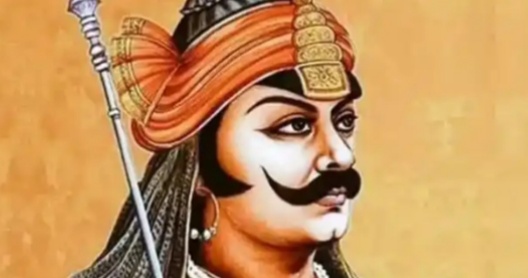The Warrior King’s Son
Following the death of his father, Maharana Pratap, the most ferocious Rajput opponent of the Mughals, amar singh became the fourteenth ruler of Mewar in 1597. amar singh carried on his father’s legacy of using guerrilla warfare to oppose Mughal domination, particularly against Emperor Jahangir.
From Combat Zone to Bargaining Table
Amar Singh put up a brave fight against Jahangir and Akbar. But Mewar had suffered from decades of unrelenting conflict. The financial and human costs were mounting to an unaffordable level. In 1615 AD, amar singh and Jahangir finally concluded a peace pact. The return of Chittor and other areas to Mewar was one of the terms of this deal. amar singh consented to end hostilities in return, but with a special provision.
A Contentious Matrimony
Amar Singh had previously married the Mughal princess Shahzadi Khanum Begum as part of a peace attempt. According to historians, this marriage was forced by politics to put an end to the ceaseless fighting between the Mewar and the Mughals rather than being voluntary.
Interestingly, however, the subsequent treaty of 1615 made it clear that Mewar would no longer form marriage connections with the Mughal dynasty. This was done to maintain Rajput pride and autonomy despite the concession.
An Agreement That Modified history
Despite the controversy surrounding the marriage, Mewar was able to rebuild thanks to the tranquility that ensued. The union was beneficial to the Mughal Empire as well because it served to settle one of their most rebellious frontiers.
The Effect of a Strategic Choice
The Maharana amar singh is still regarded as a brave and practical person. amar Singh’s legacy is that he used diplomacy to keep Mewar intact after war had sapped its might, while his father, Maharana Pratap, is renowned for never submitting to the Mughals.


